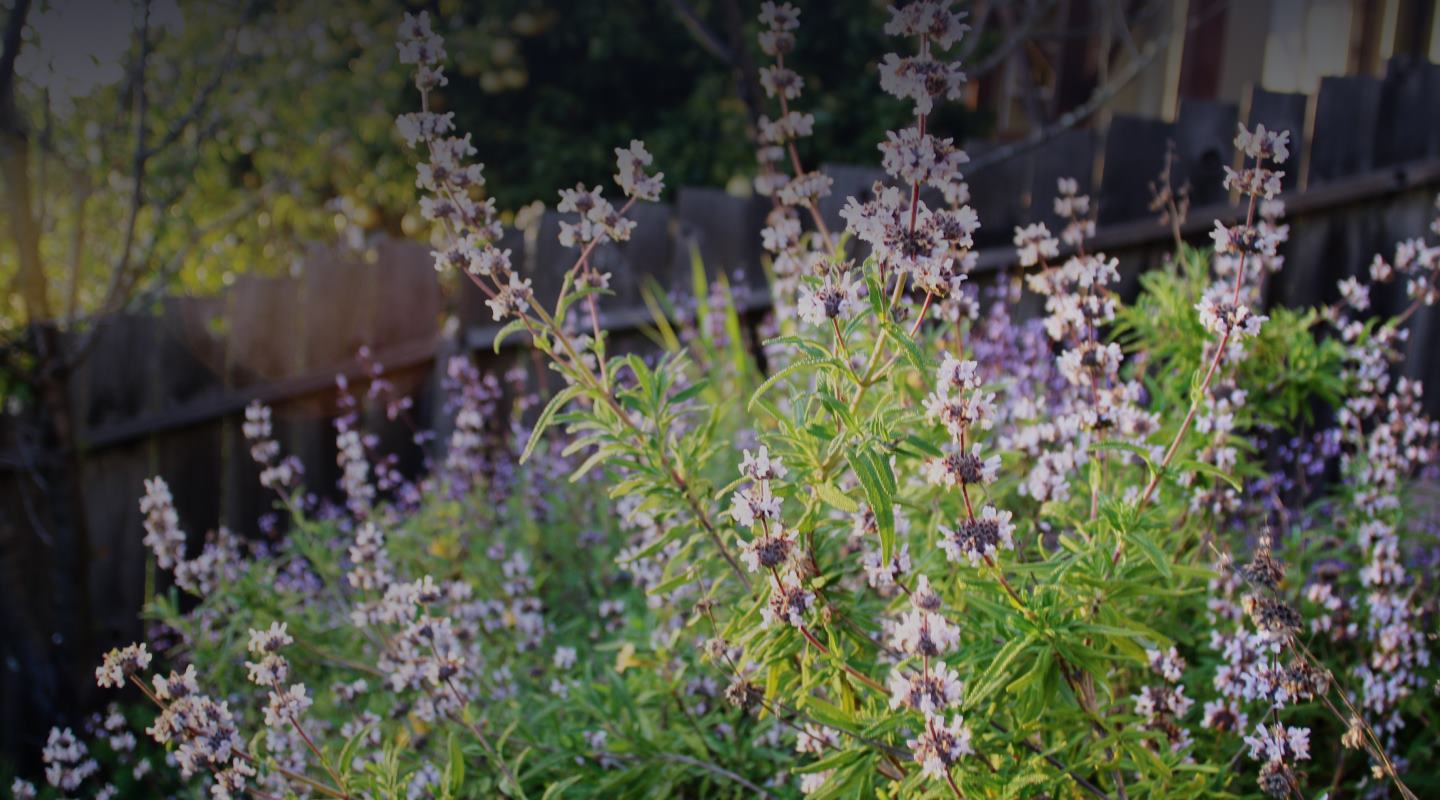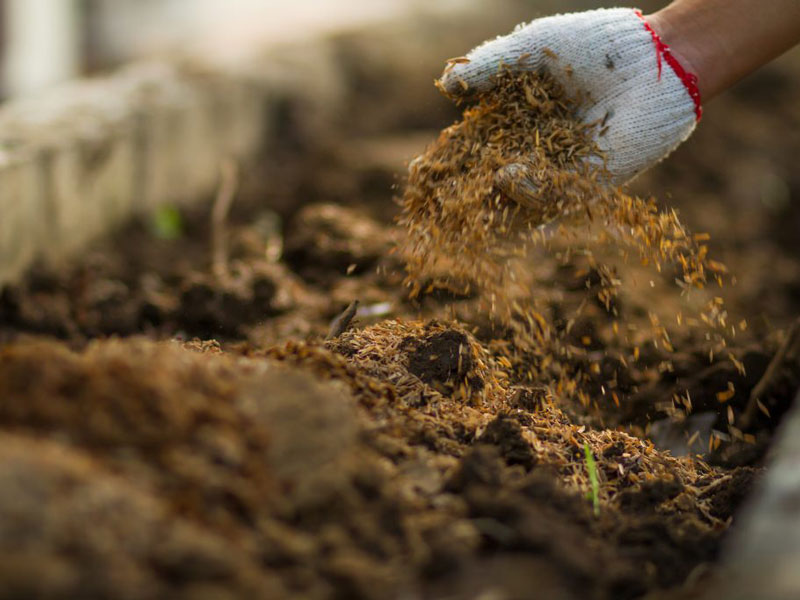California is a big state with many types of habitats, so it's important to choose the native plants that make sense for your region. The local native plants near you are already adapted to your climate and other growing conditions. When you select plants with this in mind, your garden is more likely to thrive.
For even greater likelihood of success and ecosystem benefit, choose plants that grow together in nature. These are known as plant communities. Placing and grouping plants in natural ways is not only beautiful, it supports the pollinators and other wildlife that have evolved alongside them.








